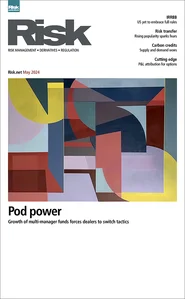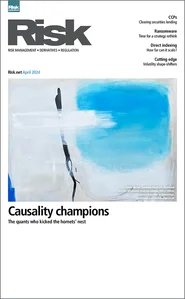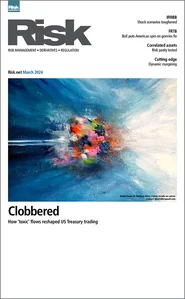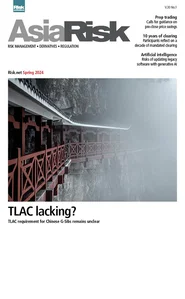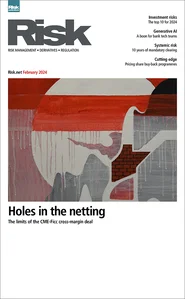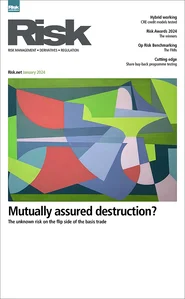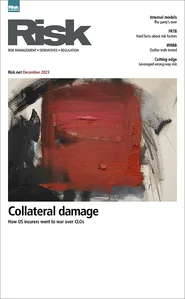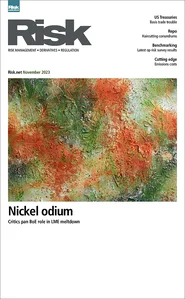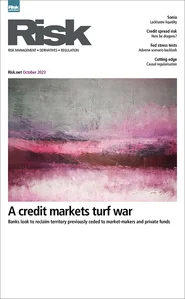Insurance Risk - Insurance Risk July 2013
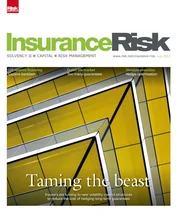
Articles in this issue
Shadow bank reforms ‘should prompt review’ of Solvency II money market fund charge
Treat regulated money market funds more like banks deposits, says top law firm
Economic woes and regulation add to VA hedging challenge
Jumping the hedge
Fears volatile model warning indicators could lead to unjustified action
UK regulator urged to reconsider proposed early-warning indicators to reflect better changes in economic conditions and not penalise insurers’ de-risking strategies
Swedish insurers warn of manipulation threat to new discount curve
Concerns Solvency II-based risk-free curve could be distorted by speculators as market begins to adjust ALM hedges
Insurers look to volatility controls to support long-term guarantees
As insurers look for ways to offer long-term guarantees to customers despite the challenging investment environment, some are turning to volatility control mechanisms to reduce the cost of hedging the guarantees. Louie Woodall examines how these…
AIA cautions NAIC on US Orsa guidance
Requirements should not be made too prescriptive, says trade association
Fears of disjointed regulation of systemically risky insurers grow
Harmonisation of US and global systemic risk frameworks needed as US proposes first Sifis, warns industry think tank
XXX financing market braced for increased captive scrutiny
Reserve financing using offshore captives is big business in the US. Yet what started as an innovative method of moving excessive reserve requirements off balance sheet has turned, in some regulators’ minds, into a dark art that puts policyholder…
Long-term guarantee measures must be flexible - Balz
Solvency II calibrations need to account for different national contexts
Regulatory concerns mount as Dutch insurers maintain guarantees
Race to the bottom
Long-term guarantees assessment threatens to open more divisions in Omnibus II talks
Long-term guarantees assessment threatens to open more divisions in Omnibus II talks
Lois: credit and liquidity
The spread between Libor and overnight index swap rates used to be negligible – until the crisis. Its behaviour since can be explained theoretically and empirically by a model driven by typical lenders’ liquidity and typical borrowers’ credit risk. By…
Time to come clean on credit support annexes
Sponsored feature: Royal Bank of Scotland


















